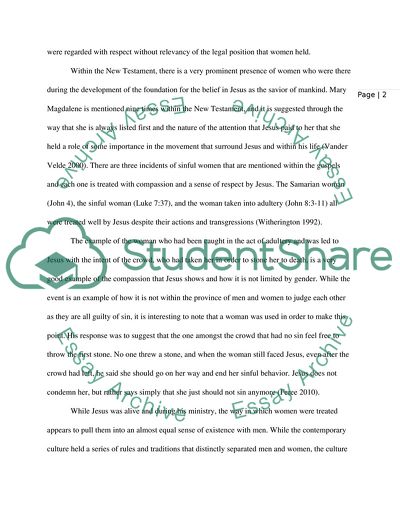Cite this document
(Is Christianity a Religion for Women Essay Example | Topics and Well Written Essays - 2000 words, n.d.)
Is Christianity a Religion for Women Essay Example | Topics and Well Written Essays - 2000 words. https://studentshare.org/religion-and-theology/1744496-is-christianity-a-religion-for-women-theology-essay
Is Christianity a Religion for Women Essay Example | Topics and Well Written Essays - 2000 words. https://studentshare.org/religion-and-theology/1744496-is-christianity-a-religion-for-women-theology-essay
(Is Christianity a Religion for Women Essay Example | Topics and Well Written Essays - 2000 Words)
Is Christianity a Religion for Women Essay Example | Topics and Well Written Essays - 2000 Words. https://studentshare.org/religion-and-theology/1744496-is-christianity-a-religion-for-women-theology-essay.
Is Christianity a Religion for Women Essay Example | Topics and Well Written Essays - 2000 Words. https://studentshare.org/religion-and-theology/1744496-is-christianity-a-religion-for-women-theology-essay.
“Is Christianity a Religion for Women Essay Example | Topics and Well Written Essays - 2000 Words”. https://studentshare.org/religion-and-theology/1744496-is-christianity-a-religion-for-women-theology-essay.


